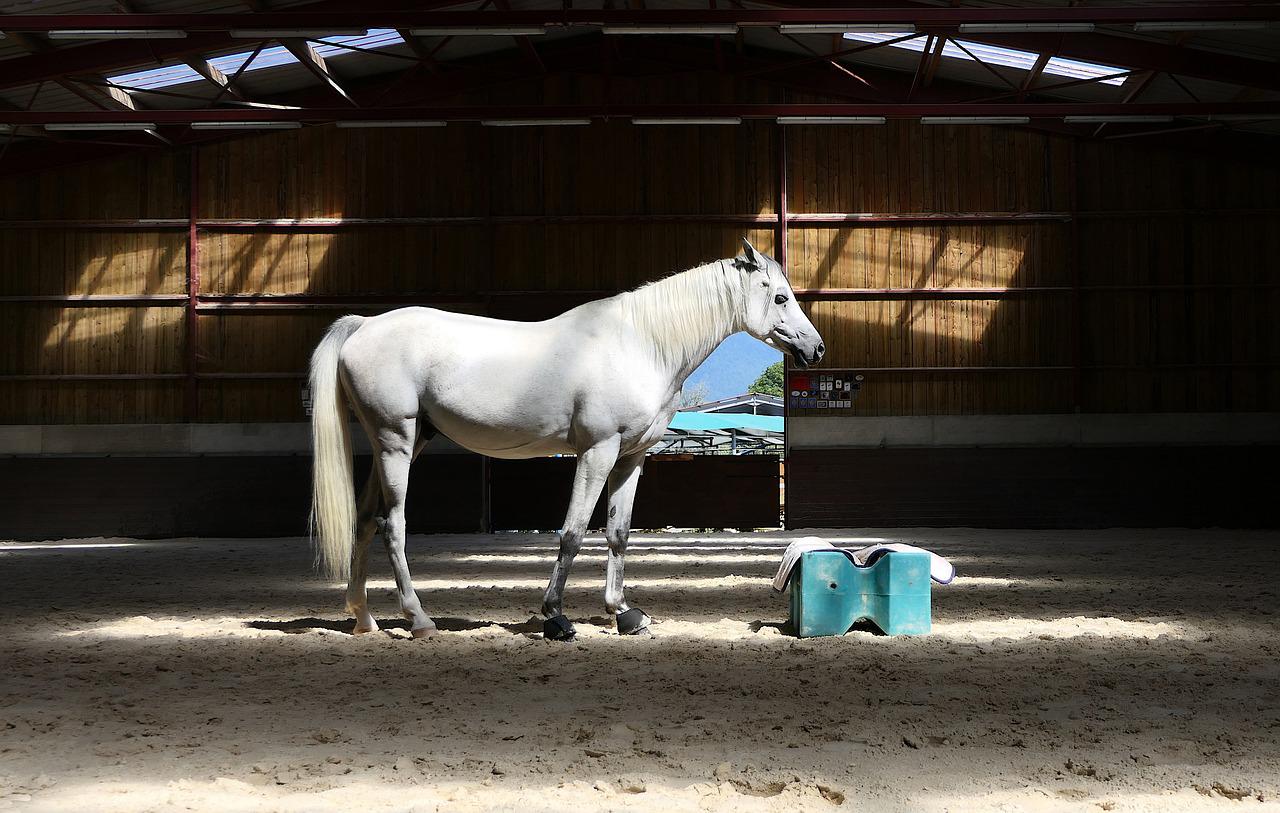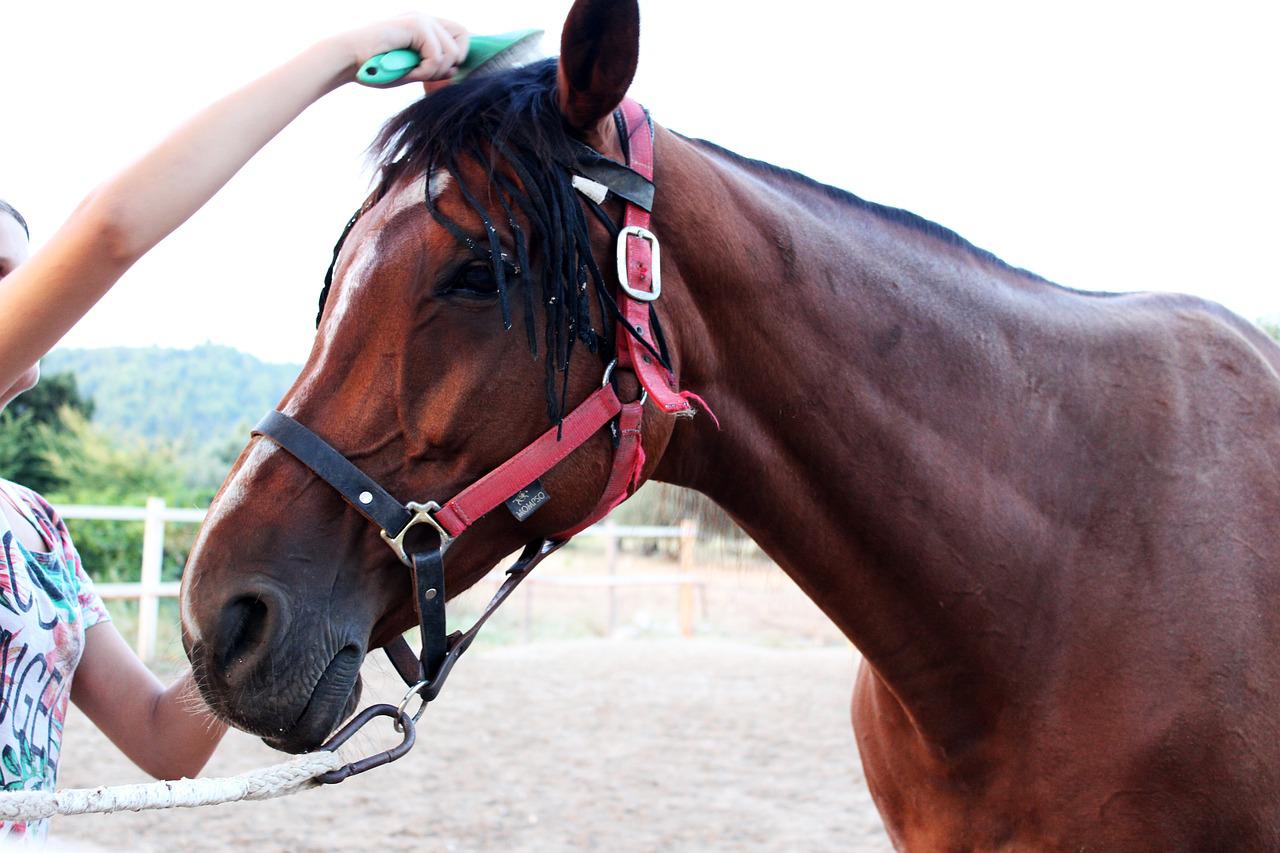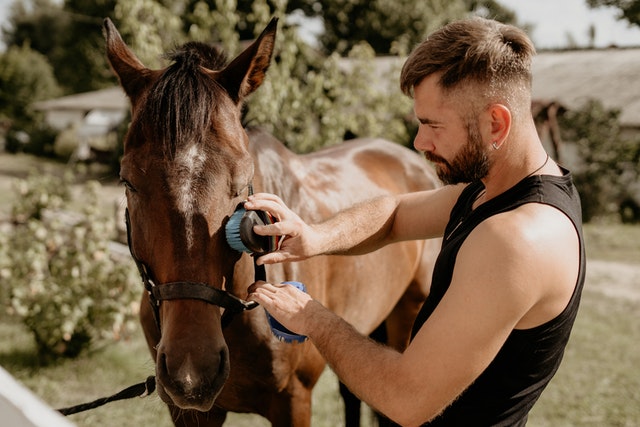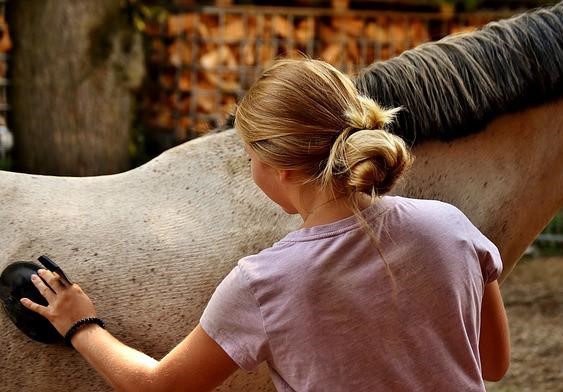
I’m a huge fan of horse racing, though it’s often an expensive hobby to get into. Nonetheless horses have been a huge part of my life ever since I was a little boy. In this blog I decided to share with you some knowledge on thoroughbred horses, so read along if you want to know more.
Extremely popular, and for a good reason
Thoroughbreds are one of the most popular breeds of horses in the world, and are commonly associated with horse racing. A thoroughbred has a unique conformation that allows it to run at top speed for short periods of time over long distances. Thoroughbreds can be used for other sports such as show jumping, steeplechase and even as riding horses.
It is important to understand what makes these animals different from other types of horses so you can find a horse that will suit your needs.
Physical characteristics

There are several physical characteristics that you’ll notice right away when you look at a thoroughbred horse.
The first thing you might notice is the long face, which has a distinctive shape. A horse’s head is often referred to as its forehand, and this area of the body includes a distinctively shaped head and a muscular neck. The face is long, narrow and chiseled in appearance. The neck is muscular, long and arched at its highest point where it meets the withers.
The body of a thoroughbred horse tends to be lean, so most people would describe them as “skinny” or “slender.” This makes sense considering these animals have been bred for speed over centuries! Their legs are also quite long—about 1/3 longer than those of other breeds—with slender joints that make them appear even more delicate than they are!
While thoroughbreds tend to be nervous, sensitive and fiery by nature, they are also known to be intelligent and easy to train. They can make a wonderful addition to any family if given the proper care.
Thoroughbreds can come in many colors, but true black thoroughbreds are relatively rare. Most thoroughbreds are bay, brown, chestnut or gray. They usually have white markings on their heads and legs.
Where can they be found?
The thoroughbred is an athletic horse that is often used for sports other than racing, including show jumping and dressage. The breed can be found in the United States, Canada, Australia and Europe. Thoroughbreds are also used for polo in Argentina, Uruguay and Great Britain; endurance riding in Australia; fox hunting in France and the United Kingdom; steeplechasing in Ireland; hackney racing (horse racing on courses with jumps) in France; harness racing as trotters or pacers (vehicles guided by a driver), sometimes called “harness” or “sulky” races; vaulting at circuses.

Well…
And that’s all I have to say about Thoroughbred horses! Now you know the breed standard, some of their history, and the difference between racing registries in different countries. I hope you enjoyed taking this tour with us through Thoroughbred history, and that you can put your newfound knowledge to good use!



